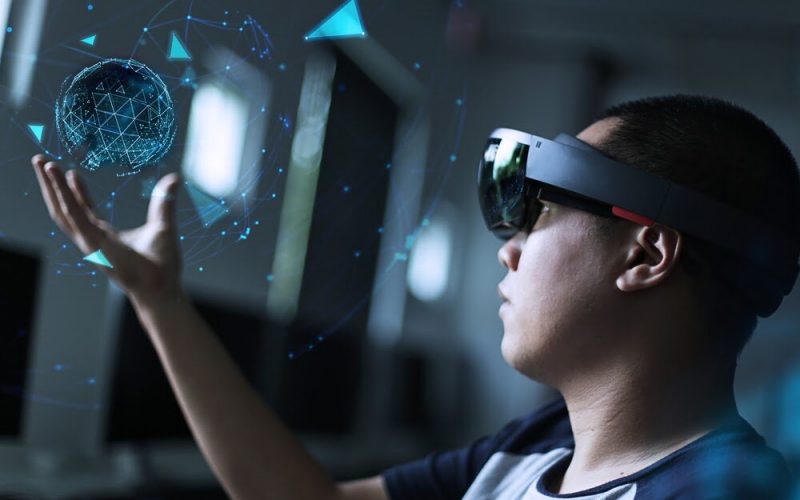What is augmented reality?
Augmented reality refers to the technology that tries to bring the real world closer by superimposing or adding layers of information, from digital elements the environment that surrounds the user is created.
The main feature of augmented reality is what differentiates it from virtual reality. We use our world as part of the experience , and even interact with it. In addition, in order to enjoy augmented reality, the user does not need to have any type of device that completely isolates their senses from the environment in which they find themselves. Rather, the devices used allow the layers of information to be combined with what is seen in real time.
The required devices are those used until now, such as tablets or mobile phones , but little by little new ones are being incorporated to perfect the augmented reality experience, such as augmented reality glasses (Google Glass). There are many other companies that have developed other known devices.
In addition to current devices, in the coming years much more innovative devices will be seen on the technology market, such as the already well-known Microsoft HoloLens, or the incredible Magic Leap project. These, along with others, are projects that have been financed by Google or Qualcomm, among others, for very high economic amounts.
What is augmented reality used for?
Answer the questions; what is augmented reality or what is it for, has a single answer: see the world around us from a different point of view. Augmented reality is prepared to improve the experience in the world of video games, but also to surprise in the professional field, for example; propose a way to present new products and allow consumers to view them from home, seeing the size, dimensions, possible functions and many other options.
How can we achieve to create augmented reality?
Do not think that you need a deployment of the latest gadgets or technological devices, to achieve a successful augmented reality experience it will be necessary to use the following devices that build the virtual elements in the environment of any user:
- Use cameras integrated with augmented reality applications to be able to capture images of the real environment.
- The augmented reality processor is responsible for differentiating the images captured by the camera and placing the technologically generated elements in them.
- Augmented reality software is the program that generates virtual designs that include information in real space, thus building the augmented reality experience.
- To process all the elements, we need to place triggers in the physical environment. Activators are programmed templates that incorporate a code that is captured through the camera and that tells the device when to display the virtual image. It is the way for the software to recognize the elements of augmented reality.
Difference between augmented reality, virtual reality and mixed reality
There has been a lot of talk about augmented reality and virtual reality in recent years, but we are going to hear much more about them, which although they share parallels, they are not the same . First of all, we must know the differences between augmented reality, virtual reality and mixed reality, to take advantage of the opportunities that each one offers us.
Virtual reality
Virtual reality is undoubtedly the best known of these technologies . It is an immersive reality, which makes us believe that we are not in a different environment than the real one. Thanks to a head-mounted display (HMD) or virtual reality viewer, we can see computer-generated images and sounds in which objects are manipulated and movements controlled by connecting to a console or PC.
Augmented reality
Augmented reality superimposes digital information on elements of the real world. An example well known to all is “The Pokémon GO”. Augmented reality enhances the real world through virtual details, creating new layers of perception in the environment.
mixed reality
Mixed reality is the combination of real world elements and digital elements. It is a technology that allows us to interact and manipulate objects in both physical and virtual environments, through the use of state-of-the-art imaging and detection technologies. With mixed reality we can observe and integrate into our real world by incorporating the virtual world, through a viewer.









